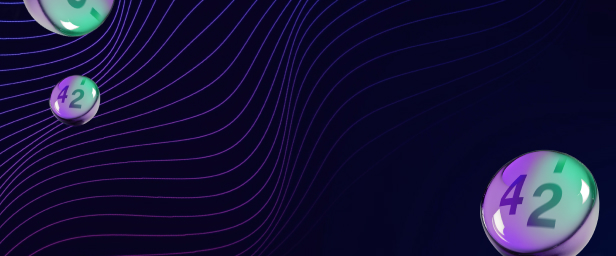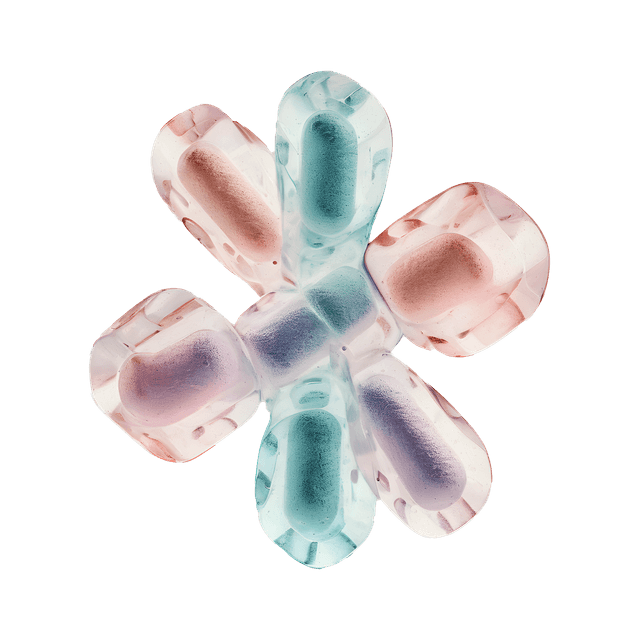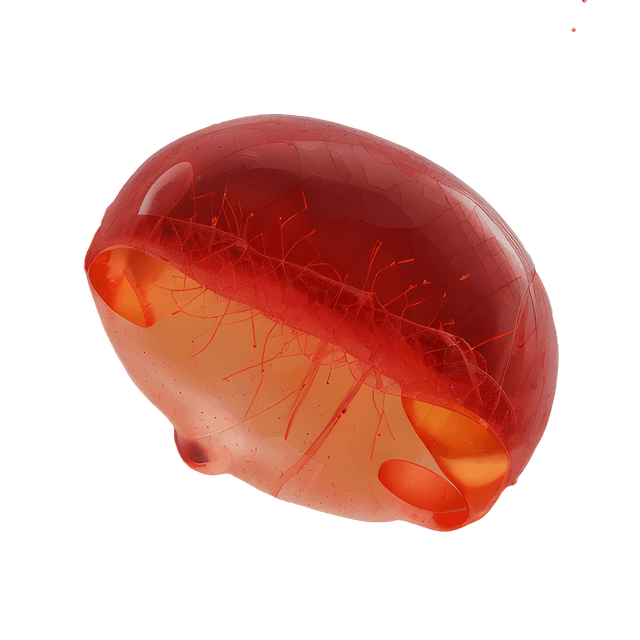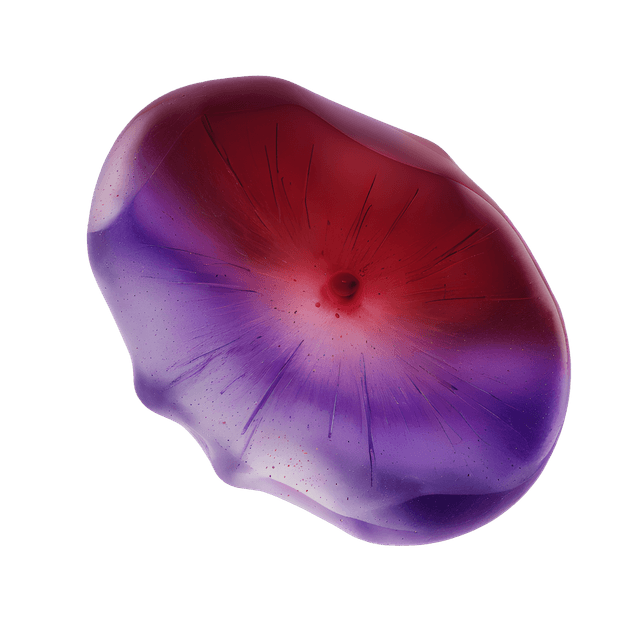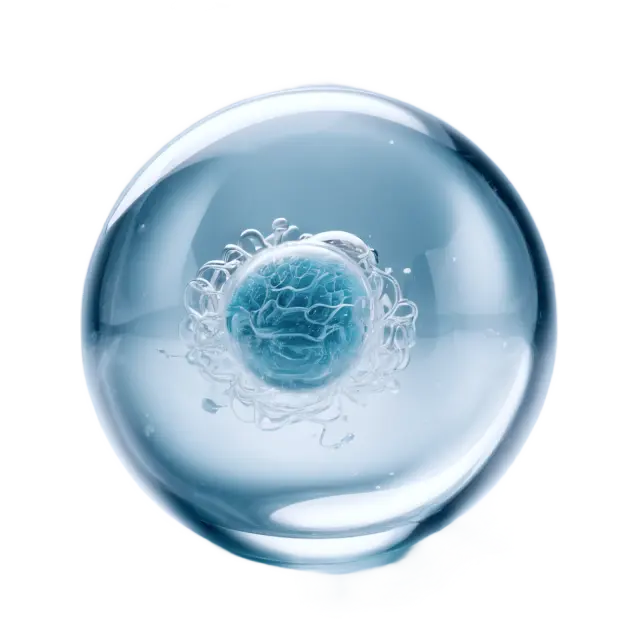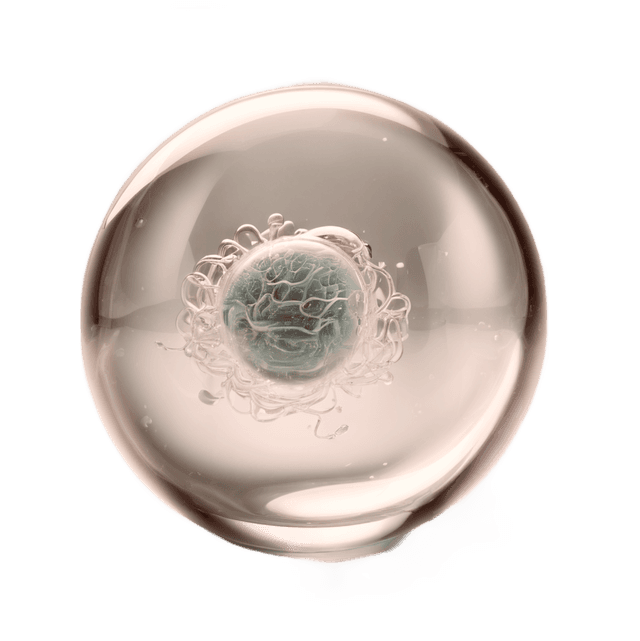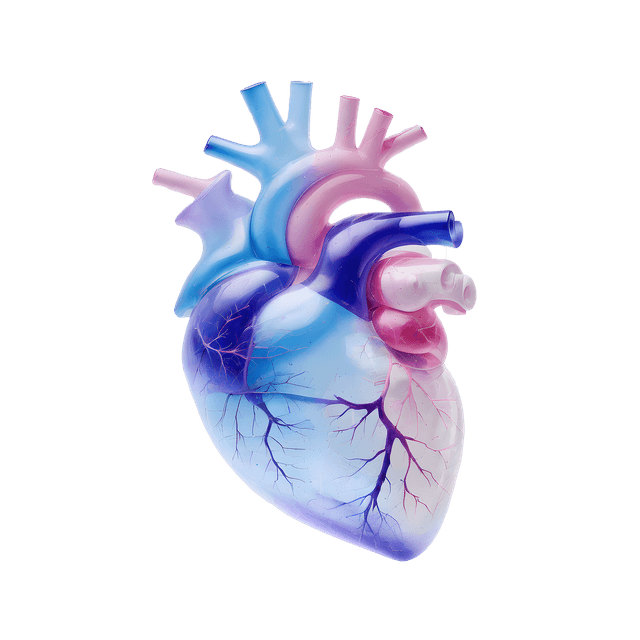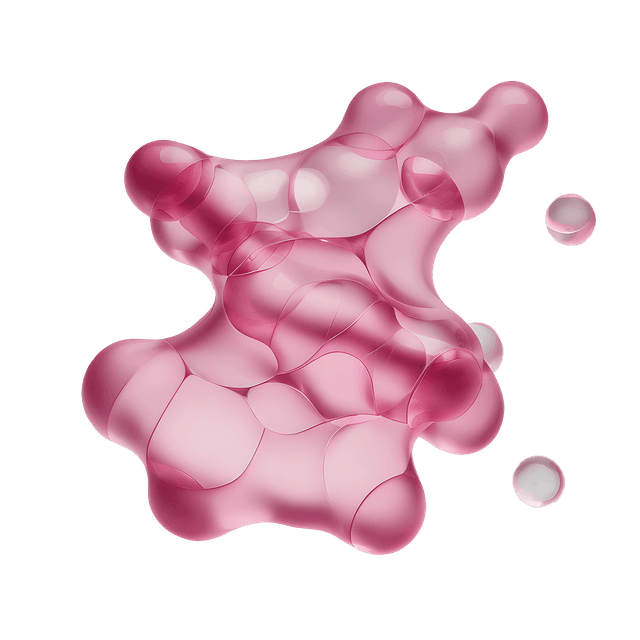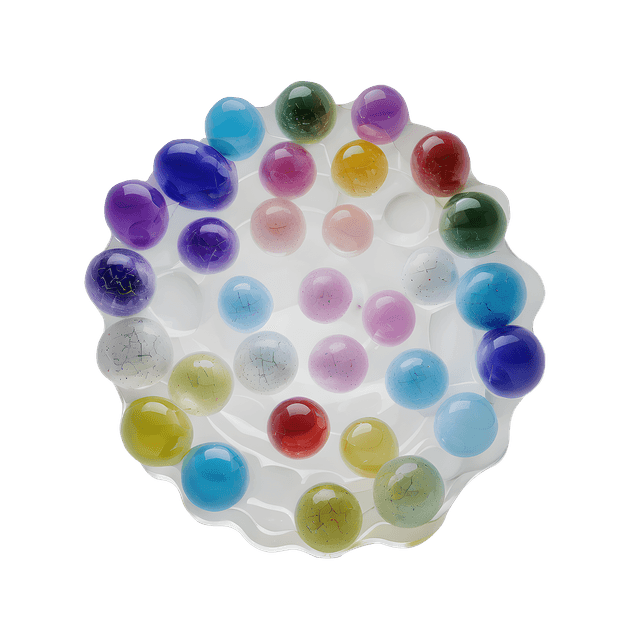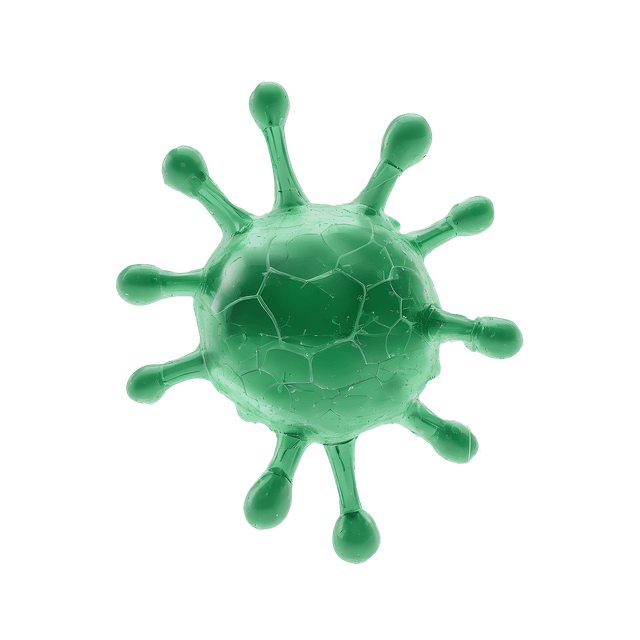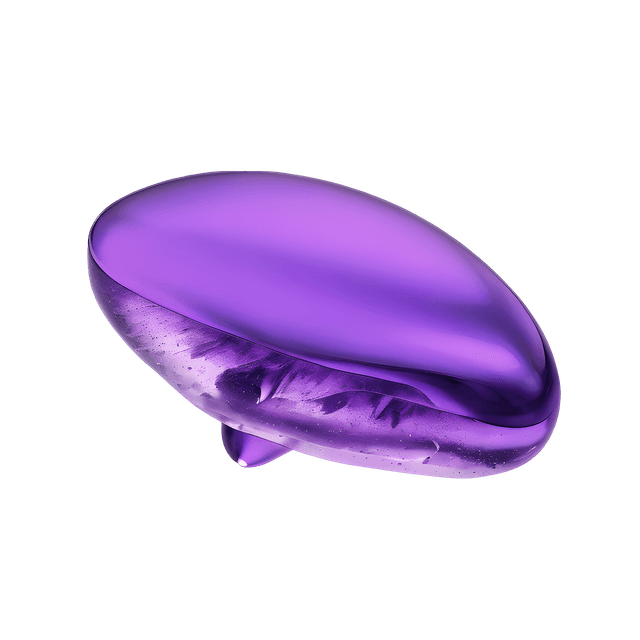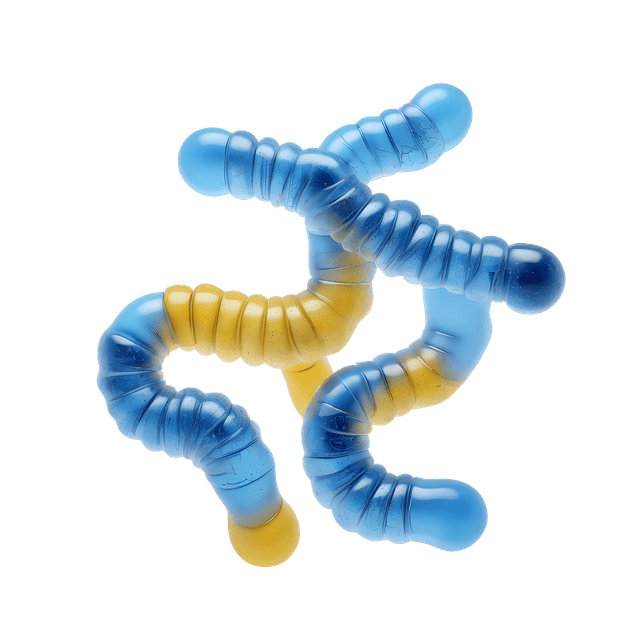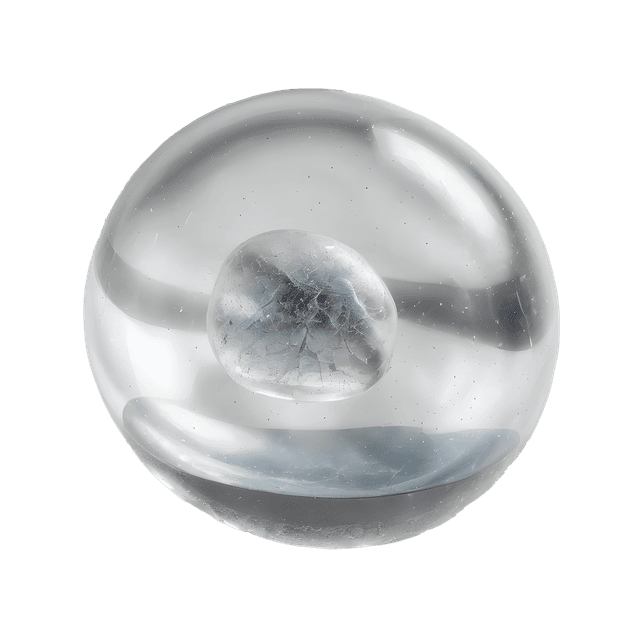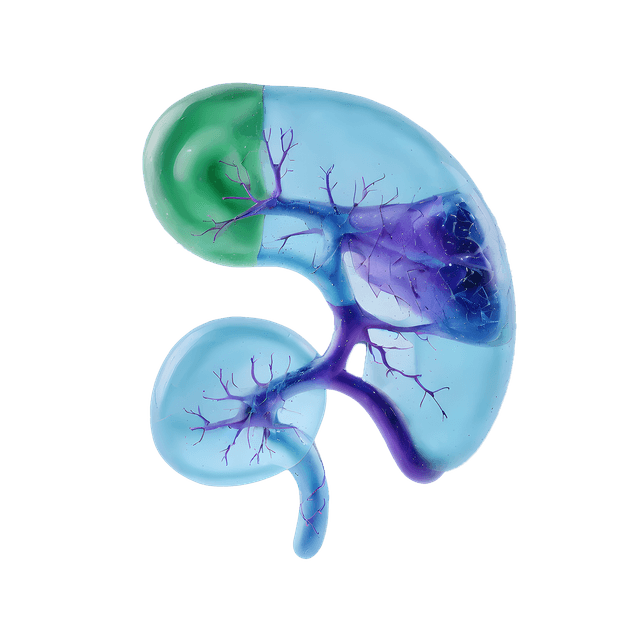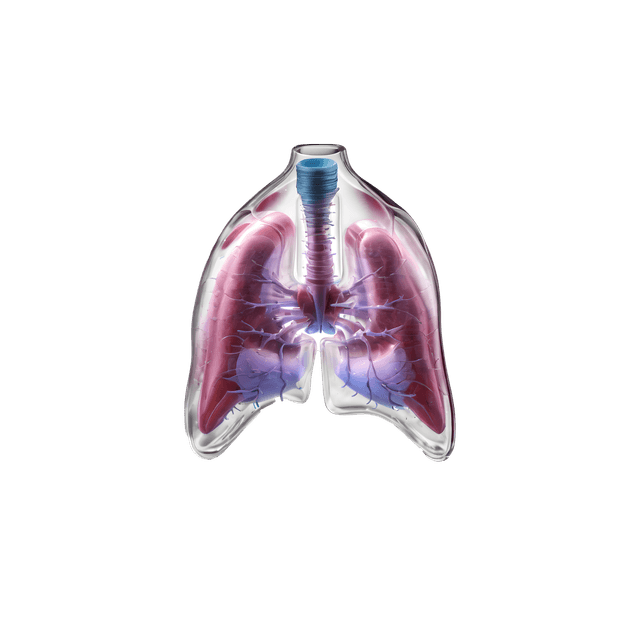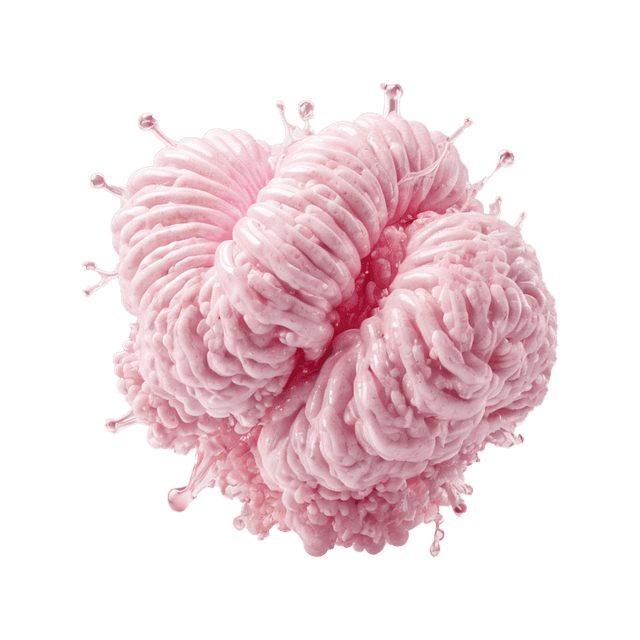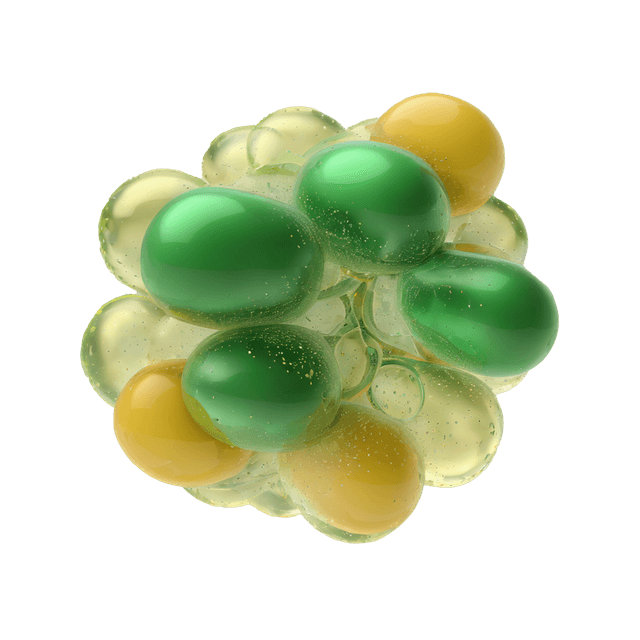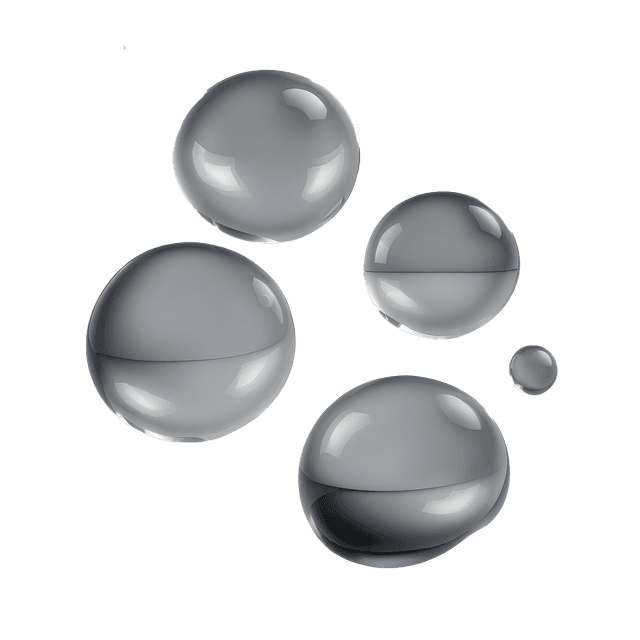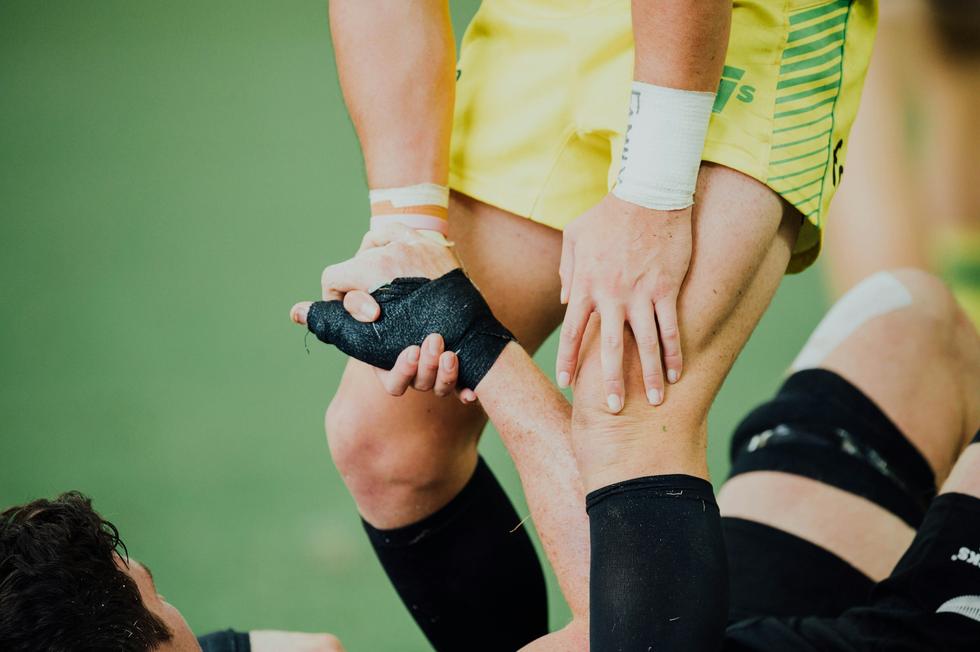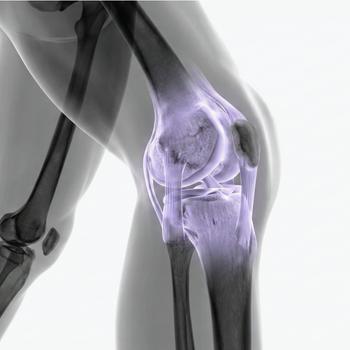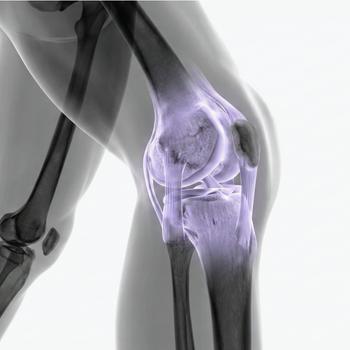Quick version
The meniscus consists of two cartilage discs in the knee that act as shock absorbers, one on the inside (medial) and the other on the outside (lateral). Damage to the meniscus can occur suddenly (e.g. during sports) or gradually with age. Symptoms of meniscus damage can include pain, swelling, locking and stiffness in the knee. To make a diagnosis, a clinical examination is carried out and often an MRI of the knee.
What is the meniscus?
The meniscus is two crescent-shaped cartilage discs between the femur and the lower leg. These act as shock absorbers and stabilize the knee and distribute the load. One is called the medial meniscus and is the one on the inside, the other is called the lateral meniscus and is on the outside.
Meniscus injuries - here are 5 common ones
1. Degenerative meniscus injury
This is caused by age-related wear and tear and causes insidious pain and stiffness.
2. Traumatic meniscus injury
This occurs when there is a sudden twist, for example during sports or other activities and causes rapid pain, swelling and "clicking" in the knee.
3. Bucket handle lesion
In a bucket handle lesion, a piece of the meniscus folds into the joint. This causes locking and severe pain and often requires surgery.
4. Radial rupture
This is a transverse injury that affects the function of the meniscus.
5. Longitudinal rupture
Longitudinal damage that can develop into a bucket handle lesion if it worsens.
Symptoms of meniscus injury
The following symptoms may indicate that you have suffered a meniscus injury:
- Pain with straining/twisting
- Swelling
- Locking or snapping
- Stiffness and reduced mobility
- Difficulty squatting
Diagnosis and treatment
The diagnosis of meniscus injury is made through a clinical examination, MRI examination of the knee and arthroscopy if necessary.
Treatment of meniscus injury can be both non-surgical and surgical. For non-surgical treatment, rest and rest are the mainstays, and pain medication, physiotherapy and knee braces are used if necessary.
For surgical treatment, the following methods are used:
- Arthroscopy (keyhole surgery)
- Meniscus repair (sewing the meniscus back together)
- Partial meniscectomy (removing the damaged part)
How can meniscus injuries be prevented?
To prevent meniscus injuries, it is good to train the knee and thigh muscles, warm up before physical activity, and avoid sudden twisting movements. In addition, it is important to wear good shoes and maintain a healthy weight.
Seek medical attention if this applies to you
If you have had knee problems for a long time without them getting better, it is a good idea to seek medical attention to get help with the right treatment. Seek medical attention if:
- The pain does not go away
- The knee locks or swells
- You cannot bend or straighten the knee
- You are hindered in everyday life or exercise
Here you can read more about MRI examination of the knee.

